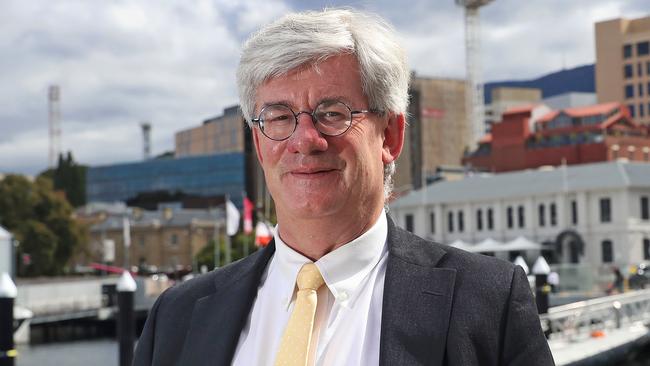Small firms get cuts, but big business creates jobs
Big business has created the lion’s share of jobs since the government started cutting company tax for small firms in 2015.

Big business has created the lion’s share of jobs since the government started cutting company tax for small firms in 2015, suggesting the cuts haven’t been enough to spur small firms to hire.
Firms with fewer than 20 staff, which employ 44 per cent workers, generated less than 18 per cent of the new jobs since the Coalition started cutting the company tax rate in July 2015. Small business employment increased 0.9 per cent to 4.77 million over the two years to July 2017, while total employment rose 2.3 per cent to 10.88 million.
“This shows once again there is absolutely no evidence to support the notion, however popular it is across the entire political spectrum, that small business is ‘the engine of the economy’,” said Saul Eslake, an economist at University of Tasmania. “It also shows there’s no evidence taxing small businesses at a lower rate than larger ones does anything to boost employment growth.”
On July 1, 2015, the company tax rate for businesses with turnover up to $2 million fell to 28.5 per cent; it fell to 27.5 per cent for businesses with turnovers of $10m on July 1, 2016. By July 1, 2017, the number of workers employed by small businesses had shrunk from 44.4 per cent to 43.8 per cent; it was 52.6 per cent a decade ago. Recent, separate analysis of more than 69,000 businesses found those that enjoyed the 1.5-percentage-point cut in their company tax rate in 2015, worth $2900 on average, put more than a fifth of it into hiring workers and boosting wages.
A little over a quarter went towards new investment and 51 per cent was kept in reserve, according to the largest analysis of its kind, undertaken by AlphaBeta on behalf of accounting firm Xero.
The Senate has blocked the government’s plan to cut company tax to 25 per cent for all companies by 2027.
“If there are to be tax breaks for any kind of business, they should be for new businesses, not small ones,” Mr Eslake said. He said tax breaks for new businesses were more affordable and more effective because their payrolls could only increase. “Unlike new businesses, which can only grow or fail, small businesses can and often do choose to remain below whatever threshold determines their eligibility for tax breaks,” he said.
Medium-sized firms, those employing between 20 and 200 workers, made the biggest contribution to job growth, adding an extra 121,000 workers, a 4.9 per cent rise over two years. The biggest growth in jobs occurred in accommodation, healthcare and social assistance, and professional and scientific services — up 4.8, 5.5 and 7.4 per cent respectively.




To join the conversation, please log in. Don't have an account? Register
Join the conversation, you are commenting as Logout